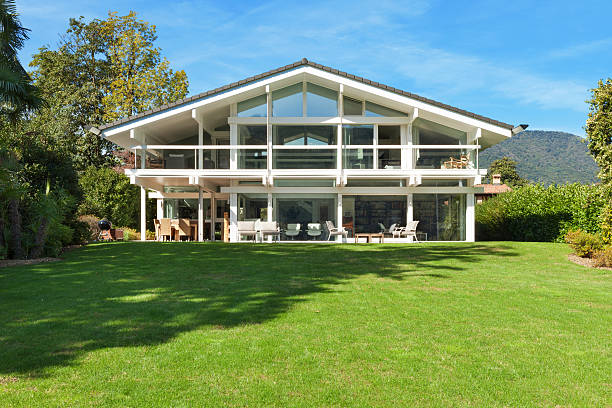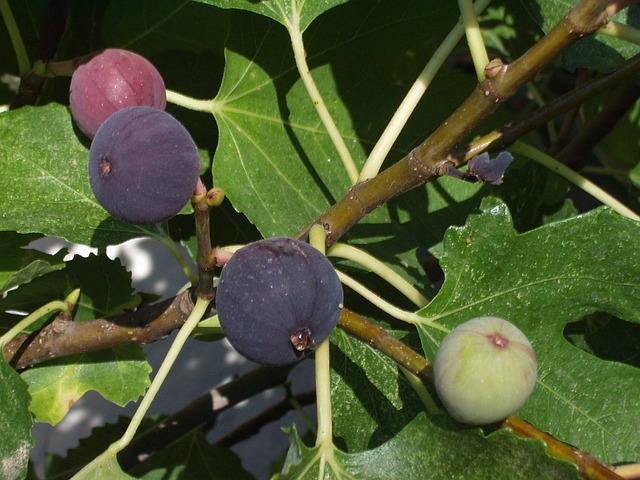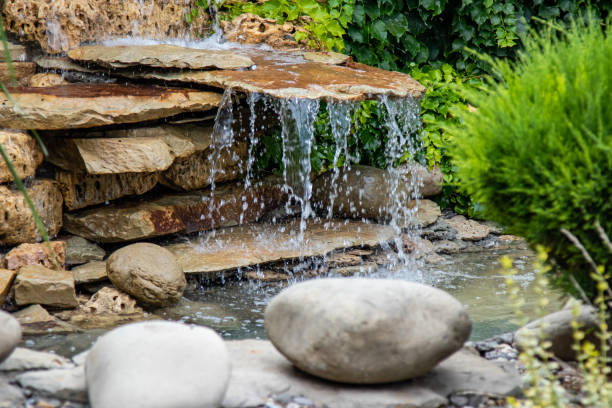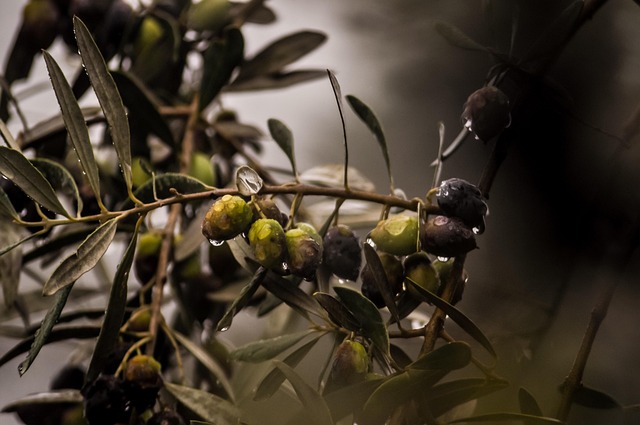Pros and Cons of a South-East Facing Garden 4 important methods
Exploring the Pros and Cons of a South-East Facing Garden. Nestled within the intricate dance of light and shadow, a south-east facing garden emerges as a canvas of possibilities, where the sun’s gentle embrace greets you at dawn.
This orientation bestows a symphony of advantages, from the promise of thriving flora under morning’s nurturing rays to the harmonious blend of moderate temperatures.
Yet, within this enchanting garden, a tale of balance unfolds, where limited afternoon sun casts intriguing shade patterns, morning maintenance becomes a ritual of care, and the art of plant selection requires a careful dance with the ever-shifting light.
Join us on a journey through the verdant landscapes of possibility as we unveil the captivating tale of a south-east-facing garden’s undeniable allure and its subtle nuances.
Pros and Cons of a South-East Facing Garden
Exploring the Pros and Cons of a South-East Facing Garden. Nestled within the intricate dance of light and shadow, a south-east facing garden emerges as a canvas of possibilities, where the sun’s gentle embrace greets you at dawn.
This orientation bestows a symphony of advantages, from the promise of thriving flora under morning’s nurturing rays to the harmonious blend of moderate temperatures.
Yet, within this enchanting garden, a tale of balance unfolds, where limited afternoon sun casts intriguing shade patterns, morning maintenance becomes a ritual of care, and the art of plant selection requires a careful dance with the ever-shifting light.
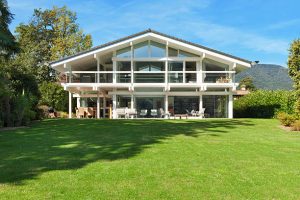
How to Know Which Direction Your Garden Faces?
Determining the direction your garden faces is essential for understanding its sun exposure and planning your landscaping accordingly. There are four important methods you can use to find out the direction:
Compass:
Using a physical compass is one of the most straightforward ways to determine the direction your garden faces. Follow these steps:
- Stand at a point in your garden.
- Hold the compass flat in your hand, making sure the arrow is pointing towards the North direction.
- Rotate yourself until the compass needle aligns with the North arrow. The direction you are facing is South. This will also indicate the other cardinal directions (East and West).
The Sun
Observing the sun’s movement throughout the day can also help you identify your garden’s orientation.
In the Northern Hemisphere:
In the morning, the sun rises in the East and casts shadows towards the West.
At noon, when the sun is directly overhead, you will have minimal shadow.
In the afternoon, the sun moves towards the West, and shadows are cast towards the East.
In the Southern Hemisphere:
The sun still rises in the East but moves from right to left (North to South) across the sky.
Technology:
Modern technology can aid in accurately determining the direction your garden faces.
Smartphone Apps:
There are various compass apps available for smartphones that use the device’s built-in sensors to provide accurate directional information.
Online Tools:
Websites and tools like Google Maps can help you identify directions using satellite imagery.
Professional Help:
If you’re unsure or need precise measurements, you could hire a professional landscaper or architect to assess your garden’s orientation using specialized tools.
Remember that the direction your garden faces will influence the amount of sunlight it receives throughout the day, which in turn impacts plant growth and overall garden design.
Pros of a South-East Facing Garden:
Morning Sunlight:
The garden is bathed in gentle morning sunlight, supporting robust plant growth and creating a welcoming atmosphere for outdoor activities.
Moderate Temperatures:
Gradual warming in the morning provides comfortable conditions for both plants and people, preventing temperature stress.
Plant Growth and Health:
Early sun exposure promotes photosynthesis, leading to vibrant foliage, better flowering, and overall plant vitality.
Cons of a South-East Facing Garden
Limited Afternoon Sun:
While the morning sun is advantageous, a southeast-facing garden tends to receive less direct sunlight in the afternoon as the sun moves towards the west. This reduced afternoon sun exposure can be limiting for sun-loving plants that require extended periods of sunlight for optimal growth and flowering.
Shade Patterns:
The orientation of a southeast-facing garden can create uneven shade patterns throughout the day. As the sun shifts, structures, trees, or nearby buildings might cast shadows that impact different areas of the garden at various times. This can complicate plant selection and overall garden design.
Morning Maintenance:
The morning sun brings with it dew and moisture that can linger on plants and surfaces. This might necessitate regular morning maintenance routines, such as wiping down furniture, tending to damp plants, and ensuring surfaces are dry and safe for use.
Outdoor Living:
For those who prefer to enjoy their outdoor spaces in the late afternoon or evening, a south-east facing garden might not offer the best setting. The diminishing sunlight in the later part of the day can limit the time available for outdoor activities after work or other commitments.
Plant Selection:
The specific plants that can thrive in a south-east-facing garden might be limited due to the changing light patterns. While morning-loving plants will do well, selecting a diverse range of plants that can tolerate the shade that develops as the day progresses might pose a challenge.
How Much Sun Does a South East Facing Garden Get?
The amount of sun a southeast-facing garden receives is influenced by several factors, including house shape, garden size, and the presence of large structures or trees. Here’s how each of these factors can impact the sun exposure in a south-east facing garden:
House Shape:
The shape and orientation of your house can affect how much sun your garden receives. A taller house or one with a significant overhang on the southeast side may cast shadows, reducing the amount of direct sunlight the garden receives.
Conversely, a house with a more open design or fewer obstructions will allow more sunlight to reach the garden.
Garden Size:
The size of your garden plays a role in sun exposure. A larger garden generally provides more areas for direct sunlight compared to a smaller one. However, if the garden is surrounded by tall walls or structures, even a larger garden might receive limited sunlight.
Large Structures or Trees:
The presence of large structures, such as neighbouring buildings or walls, can block sunlight and create shadows in parts of the garden. Similarly, the positioning of tall trees can significantly impact the amount of sunlight that reaches the garden.
While trees provide shade, they can also limit the availability of direct sunlight for certain parts of the garden.
Seasonal Changes:
It’s important to note that the amount of sun a garden receives can vary throughout the year due to the changing angle of the sun. In the Northern Hemisphere, a southeast-facing garden will receive more direct sunlight during the summer months when the sun’s path is higher in the sky.
In the winter, the sun’s path is lower, potentially leading to reduced sunlight exposure.
Time of Day:
A southeast-facing garden will receive the most sunlight in the early morning and late morning hours, as the sun rises in the east and moves towards the south throughout the morning. This makes it an ideal location for plants that thrive with morning sunlight.
Where Is Best To Put a Patio in South East Facing Garden?
When planning the placement of a patio in a southeast-facing garden, it’s crucial to consider the interplay between sunlight exposure, functionality, and aesthetics.
Optimal positioning involves locating the patio where it can harness the morning sun’s gentle warmth and bright rays, creating an inviting space for breakfasts and early gatherings.
This strategic choice also allows for enjoyable outdoor activities during the cooler parts of the day. Moreover, taking into account the natural flow of foot traffic, proximity to the kitchen or dining area, and the incorporation of shade-providing elements like pergolas or umbrellas can enhance the overall usability and charm of the patio.
Balancing these aspects ensures a harmonious blend of practicality and visual appeal in your outdoor living space.
What Plants are Best for a South-East Facing Garden?
Designing a vibrant and flourishing garden in a southeast facing yard calls for a careful selection of plants that thrive in specific sunlight conditions. Consider incorporating a mix of sun-loving perennials like roses, lavender, and daylilies, which are renowned for their radiant blooms and resilience to direct sunlight.
These hardy plants, known for their vibrant hues and delightful fragrances, can infuse the garden with a sense of charm and elegance. To add depth and texture, ornamental grasses such as fountain grass and feather reed grass can be integrated, offering graceful movement and an appealing contrast to the flowering plants.
For a verdant backdrop that endures the changing seasons, evergreen shrubs like boxwood or holly are excellent choices, providing year-round foliage and structure to the garden landscape.
Additionally, exploring native plants suited to the region can foster a sense of ecological harmony while attracting local wildlife like butterflies and birds. As you curate the plant selection, consider the garden’s microclimates, soil composition, and proper spacing to ensure healthy growth and a picturesque display throughout the year.
Should I buy a House with a South-East Facing Garden?
Deciding whether to buy a house with a southeast-facing garden involves a consideration of several factors that can influence your living experience and the property’s value. South-east-facing gardens often receive morning sunlight, making them ideal for enjoying outdoor breakfasts and activities during the earlier parts of the day.
They also tend to be cooler in the afternoon, which can be advantageous in warmer climates. Additionally, these gardens are well-suited for plants that thrive in partial shade, providing opportunities for gardening and landscaping.
However, it’s essential to evaluate your specific preferences and lifestyle. If you’re someone who enjoys the evening sun or desires more sunlight throughout the day, a south-east facing garden might not fulfil your requirements.
Assess the property’s overall layout, the orientation of the house, and how the garden fits into your daily routine. Moreover, consider the climate in your region and how it might affect your use of the garden. It’s a good idea to visit the property at different times of the day to get a sense of how the sunlight interacts with the space.
Ultimately, the decision should align with your personal preferences, how you plan to use the outdoor space, and whether the house and garden meet your overall needs and expectations. Consulting with a real estate professional and spending time on the property can help you make an informed choice.
Frequently Asked Questions (FAQ)
Why is morning sunlight beneficial for a southeast-facing garden?
Morning sunlight in a southeast-facing garden is advantageous because it provides gentle and essential energy for plants’ growth and health. This early exposure to sunlight jumpstarts photosynthesis, leading to robust foliage and better overall plant vitality.
What are the benefits of moderate temperatures in the morning?
Moderate temperatures in the morning offer a comfortable environment for both plants and people. The gradual warming allows plants to adjust without stress, and it provides an inviting atmosphere for outdoor activities like breakfast or meditation.
How does a southeast-facing garden impact plant selection?
A southeast-facing garden can limit plant selection due to changing light patterns. While plants that thrive in the morning sun will flourish, choosing a diverse range of shade-tolerant plants becomes essential to accommodate the diminishing sunlight as the day progresses.
Are there any challenges with limited afternoon sun?
Yes, a challenge of a south-east-facing garden is the reduced afternoon sun. This can impact sun-loving plants that require extended sunlight hours for optimal growth. It’s important to choose plants that can tolerate these changing light conditions.
What role does shading play in this type of garden?
Shading becomes a consideration due to the changing sun angle throughout the day. Large structures, trees, and buildings can cast shadows, leading to uneven shade patterns. Incorporating shading elements like pergolas or umbrellas can help manage this aspect.
How can one optimize outdoor living in a south-east facing garden?
While mornings are ideal for outdoor activities in this type of garden, it might not be as suitable for late afternoons or evenings due to diminishing sunlight. To optimize outdoor living, consider adding lighting, heating, or creating cosy spaces to extend usability beyond the morning hours.
What maintenance is required due to morning dew and moisture?
- Morning dew and moisture are common in a southeast-facing garden. Regular maintenance might include wiping down furniture, ensuring surfaces are dry, and tending to plants to prevent disease caused by excess moisture.
Can a south-east facing garden be suitable for evening relaxation?
A southeast-facing garden is better suited for morning and early afternoon activities due to the reduced sunlight in the evening. However, with thoughtful lighting and design elements, you can create an ambience that makes evening relaxation enjoyable as well.
How can I make the most of the pros while addressing the cons?
To maximize the benefits of a south-east-facing garden and mitigate its challenges, consider strategic plant selection, incorporating shading elements, creating comfortable outdoor spaces, and adapting your activities to align with the garden’s orientation.
Is a southeast-facing garden suitable for all types of plants?
While many plants thrive in a south-east-facing garden, the changing light patterns might limit the suitability of some sun-loving plants. However, with careful plant selection and creative design, you can still cultivate a diverse and thriving garden.
Conclusion
In the intricate tapestry of nature’s design, the pros and cons of a south-east-facing garden reveal a captivating interplay between light and life. As the morning sun bathes the garden in a golden glow, the symphony of plant growth and outdoor delight takes centre stage.
The moderate temperatures and early energy infusion breathe vitality into every leaf and petal, creating an oasis of serenity. Yet, in this dance between dawn and dusk, challenges arise, casting dappled shadows on the canvas.
The careful selection of plants, the artful integration of shading, and the embrace of morning rituals become part of the gardener’s journey. As the story of a south-east-facing garden unfolds, it becomes evident that its allure lies not only in its advantages but also in the opportunity to adapt, innovate, and craft a sanctuary where the sun’s embrace guides every step.
With an understanding of both its splendour and subtleties, one can harness the magic of this orientation to create a space that resonates with the ebb and flow of nature’s rhythm.
